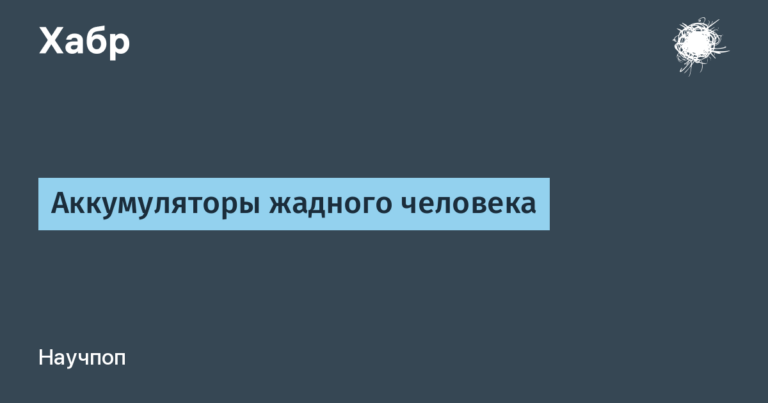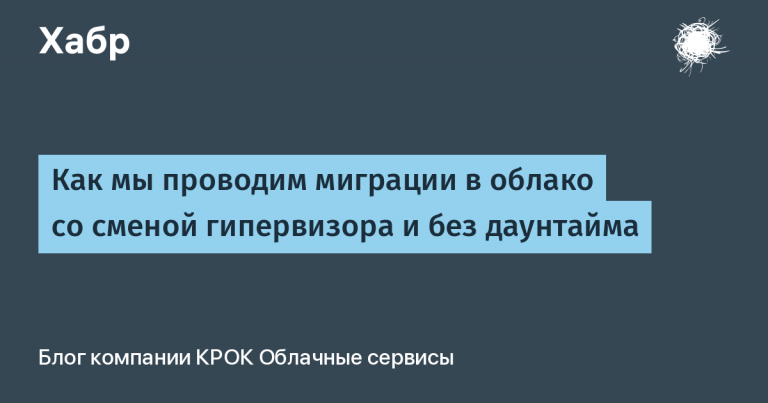Zukertort's Method – A Scammer's Tool or a Cunning Way to Solve Problems
Have you heard the story about the adventurous bet made by the 19th century grandmaster Johann Zukertort? They say that he once challenged two of the strongest chess players, Wilhelm Steinitz and Joseph Blackburne, to an unusual game.
According to the terms of the bet, Zukertort had to play a simultaneous blindfolded game (without looking at the board and remembering all the moves from memory) with both opponents. In doing so, he had to score at least one point. In chess tournaments, one point is given for a win, ½ a point for a draw, and 0 points for a loss. Considering that both grandmasters were much stronger than Zukertort, they willingly agreed to this adventure.
Zukertort is said to have won the bet using a universal method that any player could have used instead. What's more, you don't even need to know how to play chess to use this method…
You may have already guessed what method the storytellers attribute to the resourceful Zukertort. He simply arranged everything so that the opponents, without realizing it, played each other. He used Steinitz's moves in the game against Blackburne. He “broadcast” Blackburne's countermoves to Steinitz. Naturally, Zukertort did not reveal the details of his cunning plan to his opponents.
The Great Combinator or Chess Genius
In the modern world, there is a catchy word for such behavior: “cheating.” If we call a spade a spade, it is a common swindle. Ostap Bender, if he were more cunning, could have used this method in his simultaneous chess session. Perhaps then he would not have had to urgently flee from an angry crowd of amateur chess players.
Of course, Zukertort was not a low-grade swindler or a “great schemer”. On the contrary, he was an outstanding and well-rounded personality, a true intellectual of his time. Chess journalist, editor and founder of chess publications, author of a chess textbook, music critic, philosopher and polyglot…

Interesting facts about Grandmaster Johann Hermann Zukertort:
studied medicine at the University of Breslau;
together with Adolf Anderssen he founded the magazine “Chess Monthly”;
spoke many languages: German, English, French, Spanish, Italian, Polish, Russian, Latin, ancient Greek, Arabic, Sanskrit, Hebrew (although the number of languages varies greatly in different sources);
had a phenomenal memory, remembered all his games by heart;
set a world record for blindfold play – he played 16 games simultaneously, keeping all the positions and moves in his head.
It is precisely about such extraordinary people that all sorts of historical tales and anecdotes are often composed.
By the way, Zukertort met Steinitz and Blackburne at the chessboard more than once in various tournaments. At the international competition in London in 1883, Zukertort beat all the strongest chess players in the world and took first place. Steinitz then took second place.
In 1886, a kind of revenge match for the world championship took place between Zukertort and Steinez. This meeting was called the confrontation between chess romanticism and realism. In this match, Zukertort lost – realism and dry theory won.

A swindler's tool or a method for solving problems
I got the story about Zukertort's bet from the book by astrophysicist and science fiction writer Pavel Amnuel, “How to Get Ahead of Time and Competitors.” At first, I didn't like the title at all: it might seem like another opus on self-development that claims to be the ultimate truth.
If it weren't for the author's name, I would have automatically “filtered” this book out of the list of publications and moved on. However, Pavel Amnuel as an author has never let me down as a reader. So I decided to ignore the title. And I didn't regret it.
The book is devoted to the theory of inventive problem solving (TRIZ). The author stood almost at the origins of this theory. The inventor of TRIZ — the Soviet science fiction writer and inventor Genrikh Altov (Altshuller) — was Pavel Amnuel's teacher and mentor.
TRIZ can be treated in different ways. How many lances have already been broken in holy wars about this theory and its applicability in the modern world! However, in any theory one can always draw some ideas, techniques and methods that can be used in solving work and everyday problems.
In the book, the author gives a story about the grandmaster Zukertort as an example of using the unification technique in TRIZ. At first glance, such a method of “getting ahead of time and competitors” looks dubious. However, let's try to “squeeze” something useful out of this idea.
The scam of the century
There is another story in this same book that illustrates the technique of unification.
A German museum purchased a Rubens painting from a French museum. German experts examined the canvas on site and found it to be genuine, which they confirmed with their signatures on the back of the painting. After that, the painting was packed and sent to Germany. Upon arrival, a second examination was conducted and it was discovered that it was a fake. But on the back of the fake were the signatures of experts certifying the authenticity of the painting! And the signatures were genuine. How was this “scam of the century” carried out?
To solve this riddle, Pavel Amnuel suggests using the techniques of unification and division in time. There were really two paintings – the real one and the fake one. Only in one time period they were united, in another – separated.
Before being sent, the original and the fake were combined in one frame: the original canvas on top, and the fake underneath. Experts saw the original, and put their signatures on the back of the fake. The original was stolen en route.
These examples, although related to fraud, are quite illustrative. With the help of such “cheating” of objects and processes, various technical and organizational tasks can be successfully solved.
Unite, smile and wave
Let's try to use the unification technique to solve technical problems. It has several different variations:
connect several identical or dissimilar objects;
place one object inside another;
to unite in space or time normally separated objects or operations.
The Swiss Army knife is usually cited as an example of the first option of unification. But I think that this is not a very suitable example – boring and banal. If you use this option “head-on”, then nothing good will come of it. We know what happens if you try to cram an incredible number of functions into one program.
It's much more interesting to think about combining something completely different and getting something special, useful and convenient as a result. An example of such a combination is the idea of using LED flickering to generate random numbers.
If we talk about technology, the entire architecture of modern computers is based on one brilliant idea: to store data and instructions for processing it in one place.
Another option for combining objects is to place one object inside another. Here, too, we must be careful – we do not want to end up with another monstrous monolith with a hundred functions, each of which is implemented poorly. The combination must generate new functional capabilities that the original objects did not have.
An example of a successful combination of objects is the design of a reflecting telescope. As early as 1668, Isaac Newton came up with the brilliant idea of combining a telescope and a mirror. This helped to get rid of chromatic aberration, the main drawback of “classical” refractor telescopes.
Slyly[умный] Vasya and peer-to-peer networks
Now let's talk about combining dispersed objects or operations. Zukertort from the joke cleverly removed himself and directly “contacted” his two opponents, forcing them to fight each other. At the same time, he himself received a guaranteed profit from the won bet. This is a bit like the stories about how modern IT specialists outsource their tasks.

The scheme is simple and ingenious: a certain developer Vasily receives work tasks and a good salary in his company. He takes almost all of the salary for himself, but delegates the tasks to a certain abstract outsourcer Rajesh. The outsourcer does Vasya's work for a modest fee, which is only a small part of Vasya's salary. Shortly before the project deadline, Vasya proudly uploads the code developed by Rajesh to the repository. Vasily's labor costs are spent only on finding Raj, setting the task and checking the received code. The rest of the time, Vasya relaxes in a sun lounger under a palm tree, occasionally liking messages in the corporate messenger.
We can take a close look at our processes (technological, organizational, software) and think: is it possible to “cut the road” somewhere and directly short-circuit what previously seemed incompatible? For example, remove unnecessary transit links (management? bureaucracy?) from the interaction process, in which entities and data do not change or transform in any way, but are only transferred to the next node.
A striking example of unifying previously unconnected objects is peer-to-peer networking technology. Who needs some unreliable servers when you can exchange messages directly!

Under the flag of Zukertort
The story about the cunning Zukertort's adventurous bet is, of course, a fairy tale. But the unification method is a powerful and effective technique that helps us not just spawn more microservices, but create new entities and ideas.
You never know what a seemingly simple unification of objects will lead to in the future. If Newton had seen modern tower telescopes! If von Neumann had seen modern computer systems!
Each of us is trillions of cells that have come together with clearly defined purposes and functions. However, we ourselves have no idea why they did this. Perhaps so that we could continue the great process of unifying objects at our level?




